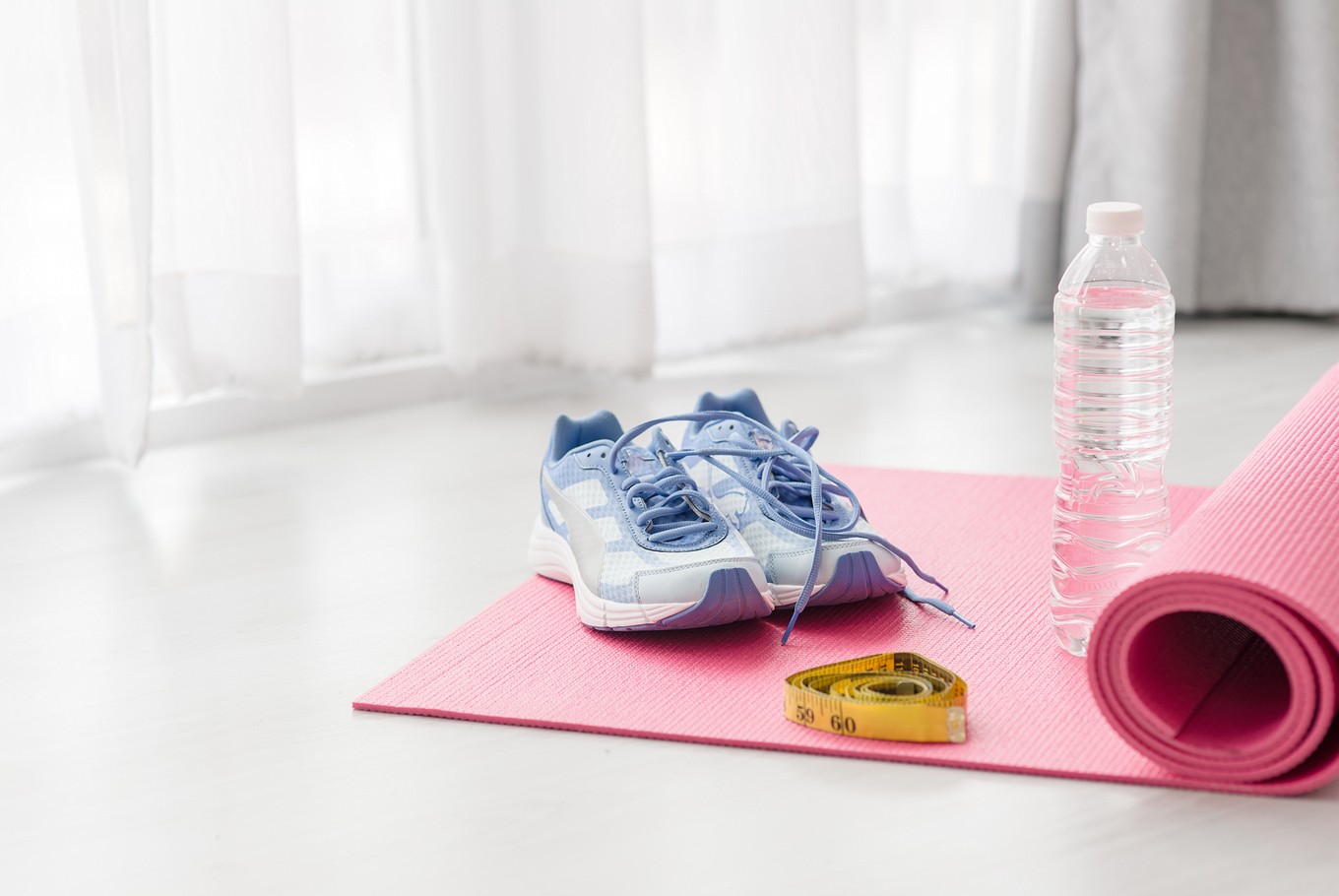Popular Reads
Top Results
Can't find what you're looking for?
View all search resultsPopular Reads
Top Results
Can't find what you're looking for?
View all search resultsExercises to help you prepare for labor and delivery
When planning how to stay healthy during pregnancy, you might have concerns about which types of exercise are suitable
Change text size
Gift Premium Articles
to Anyone
When planning how to stay healthy during pregnancy, you might have concerns about which types of exercise are suitable.
We all know that physical exercise can improve and maintain physical fitness for everyone, including pregnant women. In order to prepare your body for labor and delivery, exercises such as Kegel, squats and back stretches can be helpful.
Kegel exercise
Kegel exercise is a type of pelvic floor exercise that helps strengthen your vaginal, uterus, bladder and bowel muscles. Strengthening your pelvic floor muscles provides better support for these organs and can help to prevent or treat urinary stress incontinence.
According to many studies, having good control of pelvic floor muscles can help during the pushing stage of labor. If you can voluntarily relax those muscles, delivering your baby might be easier.
Kegel is simple to perform. You can do it during daily activities like watching TV or sitting in front of your laptop. Here are the basic steps:
- Locate your Kegel muscles. One way to locate the correct muscle is by inserting a finger into the vagina, and trying to squeeze the muscles surrounding it. Or you can practice stopping the flow of urine when urinating. But you shouldn't do this too often during urination, to avoid weakening the muscles or raising the chances of urinary infection.
- Practice the steps. Once you have located your pelvic floor muscles, contract the muscles for five seconds, then relax and repeat 10-20 times.
- Breathing. Breathe normally during the exercises, and do this at least three times a day. Try not to move your legs, buttocks, or abdominal muscles during the exercises.
(Read also: Pain relief and how to make labor bearable)
Squats
Squatting is helpful during labor because it helps widen the pelvic area to allow more room for the baby to descend. However, squatting is tiring, so you should practice it frequently during pregnancy to strengthen the muscles and thighs.
- Stand facing the back of a chair, with your feet slightly more than hip-width apart and your toes pointed outward. Hold the back of the chair for support.
- Contract your abdominal muscles, lift your chest and relax your shoulders. Then lower your tailbone toward the floor as though you were sitting down on a chair.
- Find your balance; most of your weight should be toward your heels. Hold this position for as long as it is comfortable.
- Take a deep breath in and then exhale, pushing your legs to rise to a standing position.
Back stretch
Back stretches can help you feel your best, especially as your pregnancy progresses. Exercises for the back, such as this low back stretch, can help ease backaches. Here are simple steps to follow:
- Rest on your hands and knees with your head in line with your back.
- Pull in your stomach, rounding your back slightly.
- Hold for several seconds and then relax your stomach and back. Keep your back as flat as possible.
- Don't let your back sag.
- Gradually work up to 10 repetitions.
What types of exercise should I avoid during pregnancy?
Besides the four common exercises above, you may have heard about other types of suitable exercises. No matter which type of exercise you choose, you must not exercise to the point of exhaustion or hold your breath for too long while exercising. Avoid the below:
- Exercise that could easily cause a fall.
- Exercise that could cause abdominal trauma, including activities with jarring motions, or rapid changes in direction.
- Contact sports.
- Exercises that require extensive jumping, hopping, skipping, or bouncing.
- Exercises that involve waist-twisting movements while standing.
- Intense bursts of exercise followed by long periods of no activity.
- Exercising in hot, humid weather.
Some people may advise you to stay sedentary and get lots of rest while pregnant. However, a good schedule of healthy exercise can considerably assist in labor and delivery. (kes)












